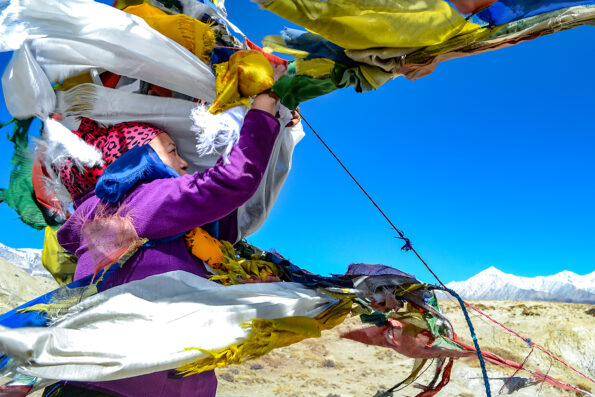SRINAGAR, INDIAN-ADMINISTERED KASHMIR — When I started writing this column, my intention was to focus on Kashmir beyond the conflict, beyond violence.
But lately, it’s been hard to see anything beyond violence and my community’s casual relationship with it.
In January, a little girl named Asifa Bano, 8, was abducted from the Kathua area of Jammu and Kashmir. Her body was found a week later. Evidence suggests that she was drugged and held captive before being murdered.
In the two months since her body was found, this case has become complicated.
Two policemen were arrested for destroying crucial evidence. A protest movement sprung up and drew crowds in support of releasing the men accused of her murder. And few were willing to speak up for Asifa. Journalists in other parts of India haven’t written much about the case, and even human-rights activists have not been as dogged as one might expect. I keep hoping it’s not because she is from a nomadic Muslim community.
I have been left to wonder about the humanity of Kashmir. I fear that prolonged exposure to violence has left us desensitized, expecting disaster and not complaining when it strikes.
The conflict in Kashmir is one of complex geopolitical and religious tangles. We are well aware of our differences, but do we not share similar outrage when a child is raped and murdered?
My hope for Asifa, and my hope for Kashmir, is justice.







